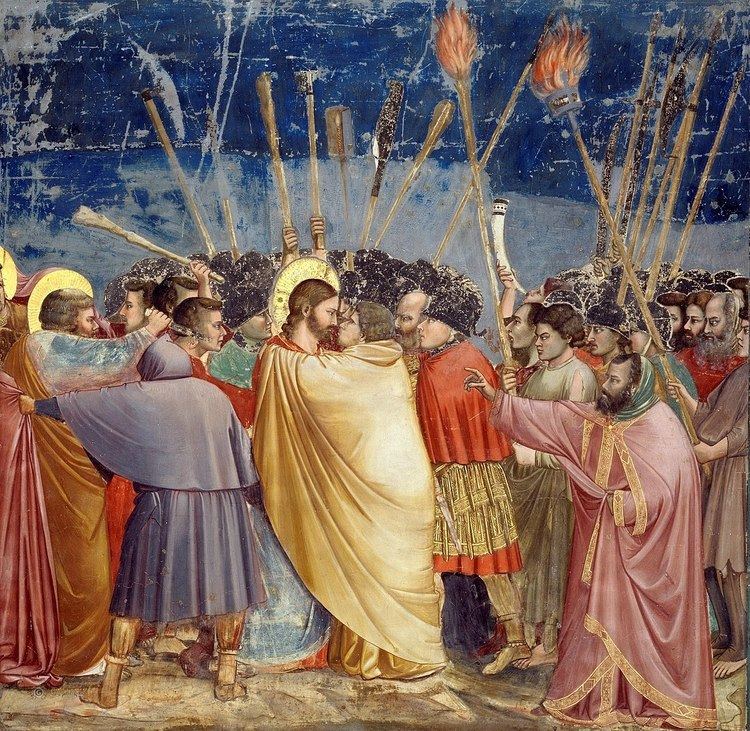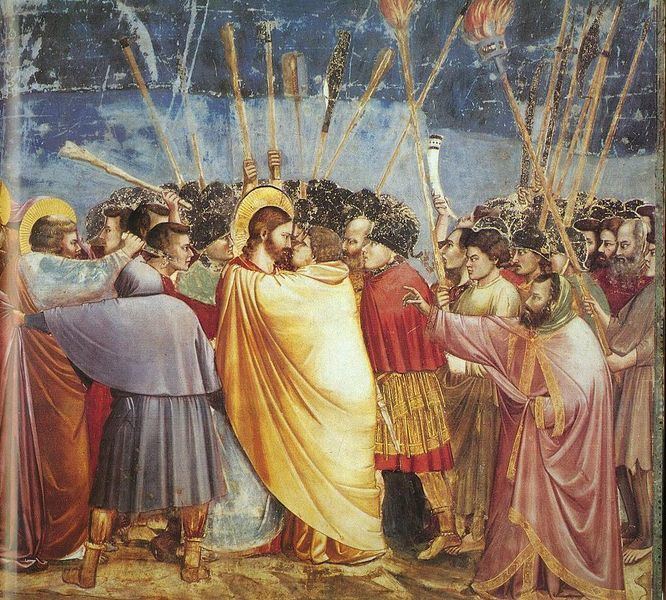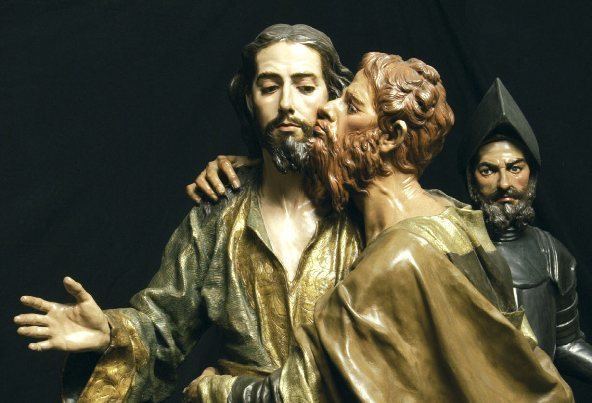 | ||
Stratovarius kiss of judas
The kiss of Judas, also known (especially in art) as the Betrayal of Christ, is how Judas identified Jesus to the multitude with swords and clubs who had come from the chief priests and elders of the people to arrest him, according to the Synoptic Gospels. The kiss occurs in the Garden of Gethsemane after the Last Supper and leads directly to the arrest of Jesus by the police force of the Sanhedrin.
Contents

More broadly, a Judas kiss may refer to "an act appearing to be an act of friendship, which is in fact harmful to the recipient".

Stratovarius the kiss of judas
In the New Testament

The gospels of Matthew (26:47–50) and Mark (14:43–45) both use the Greek verb καταφιλέω (kataphileó), which means to kiss firmly, intensely, passionately, tenderly, or warmly. It is the same verb that Plutarch uses to describe a famous kiss that Alexander the Great gave Bagoas. The compound verb (κατα-) "has the force of an emphatic, ostentatious salute". Lutheran theologian Johann Bengel suggests that Judas kissed Him repeatedly: "he kissed Him more than once in opposition to what he had said in the preceding verse: Greek: φιλησω, philēsō, a single kiss (Matthew 26:48), and did so as if from kindly feeling".

According to John, Jesus responded by saying: "Friend, do what you are here to do". This has caused speculation that Jesus and Judas were actually in agreement with each other and that there was no real betrayal.
Jesus' arrest follows immediately.
In art

The scene is nearly always included, either as the Kiss itself, or the moment after, in the Arrest of Jesus, or the two combined (as above), in the cycles of the Life of Christ or Passion of Jesus in various media.
